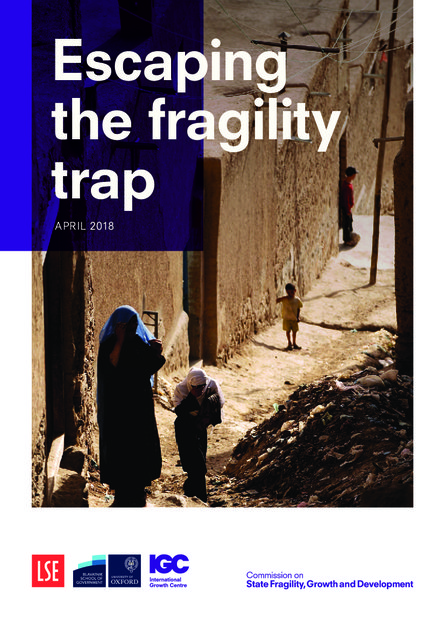
Cutting extreme poverty in half is one of the greatest achievements of the last three decades. However, there is much more to do. The Sustainable Development Goals (SDGs) set the mission to eradicate extreme poverty by 2030. Yet nearly a third of the way towards that deadline, almost 900 million people are still living on less than two dollars a day and, in too many of the world’s poorest countries, progress is completely stuck.
A great many of these countries are what are often called ‘fragile states’. They are blighted by conflict and corruption. Their governments lack the legitimacy and capacity to deliver the jobs, public services, and opportunities their people need. The latest estimates suggest that by 2030, half of the world’s poor will live in countries that are fragile.
The LSE-Oxford Commission on State Fragility, Growth and Development’s report Escaping the fragility trap sets out clearly the characteristics of fragility, looks at the wider consequences, and recommends a new approach to state fragility and international aid.
